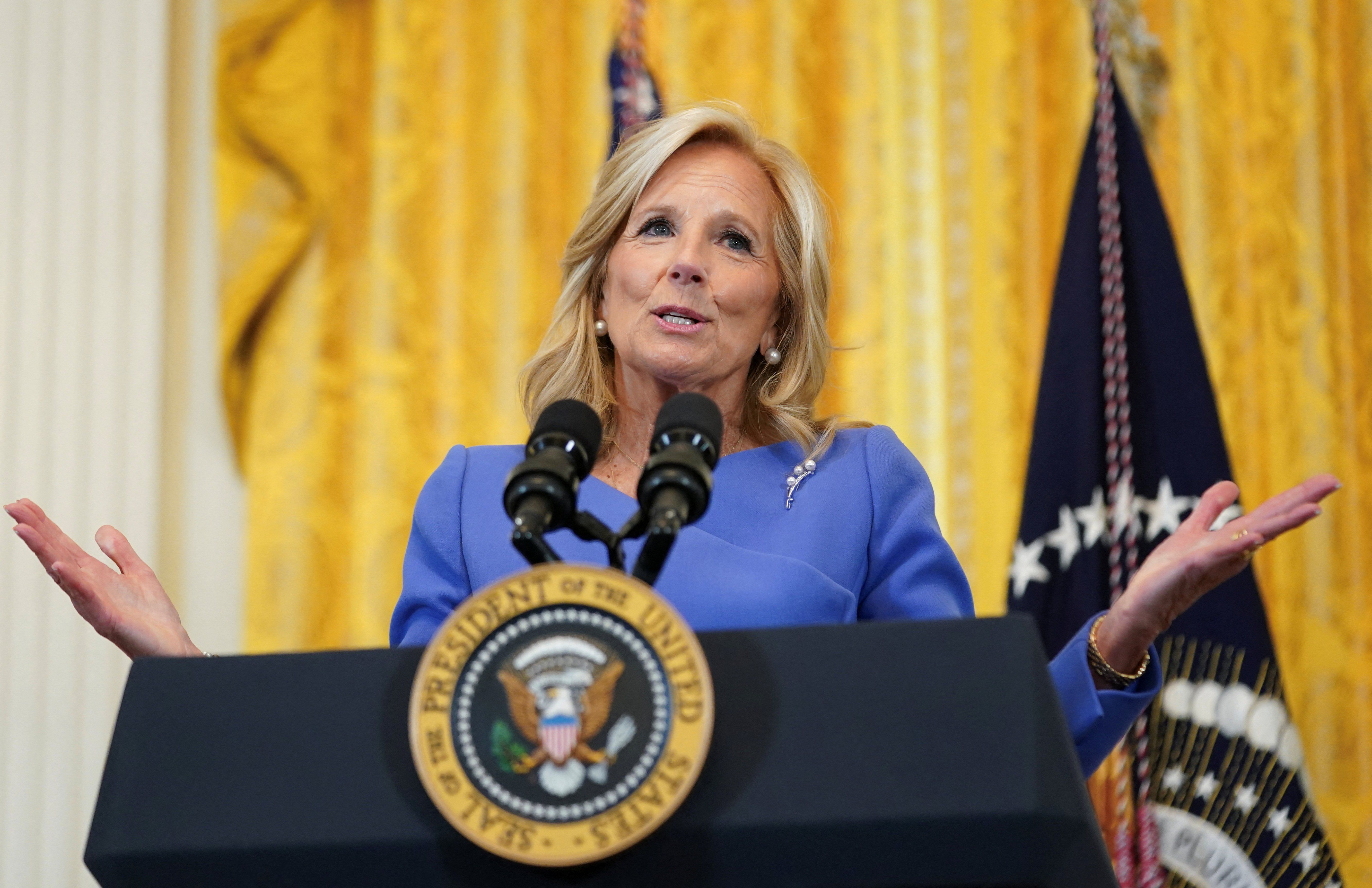This initiative is long overdue. For most of history, scientific study has been based almost entirely on men – the government didn’t even require women to be included in medical research until the 1990s.
This has led to knowledge gaps on diseases disproportionately affecting women, like multiple sclerosis or endometriosis, and minimal understanding of conditions that affect women differently from men, like post-menopausal rheumatoid arthritis.
Just in time for the election. Biden knows he needs women to come out and vote if he is going to beat former President Donald Trump. He currently leads Trump by 6 points when it comes to suburban women and by 10 points among women overall.
Abortion and reproductive rights have proven to be mobilizing issues for Democrats, helping them win special elections, outperform in the 2022 midterms, and keep control of the US Senate. This initiative gives the Biden campaign another talking point as he tries to woo women to the polls in November.
